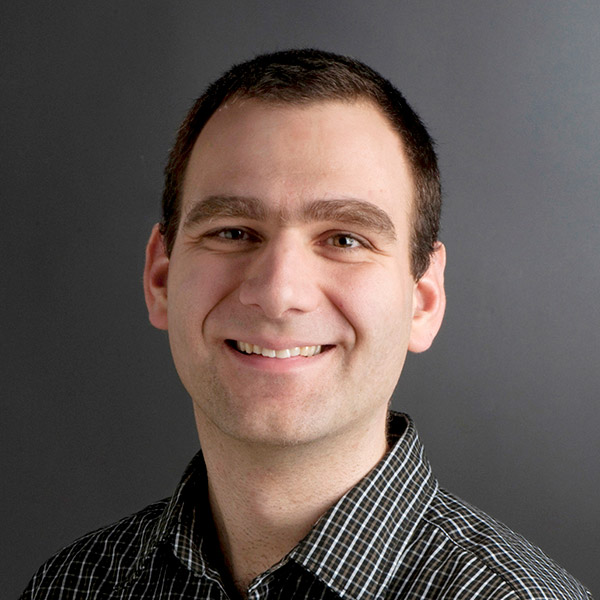Mario Gomes

Mario Gomes is a Senior Lecturer in ME for the Kate Gleason College of Engineering. This month, he shares with us how he uses critical thinking to teach students that they are capable of identifying the root cause of a problem and, once the problem is identified, to then figure out possible solution(s) to that problem.
1. How do you teach applied critical thinking?
I use different approaches to teach critical thinking in different classes. My approach to teaching critical thinking is most apparent in the first year engineering design/build course. In this course, the design/build project itself motivates most of the instruction on design thinking and design methodology, but the project is also instrumental to my instruction of critical thinking. Once the students have gone through the design process to develop their best design for their prototype, they begin construction of that design. A first prototype almost never works perfectly the first time it is built. In addition, hardware is often unforgiving (machines don’t award partial credit). When the prototype is not working as expected, there is no user manual to reference to figure out why it’s not working or how to fix it. This is the point where I leverage the project to teach critical thinking. There are many possible causes for the device not working, and students often don’t know how to approach the issue or what direction to take. To help the students self-identify the cause of the problem, we teach them a structured approach. They are asked to first observe the problem they are facing, then brainstorm as many possible causes for those observations, then for each possible cause to come up with a simple way to test if that cause explains their previous observations. Using this method they can discover for themselves why things are not working. This structured approach gives the students that are stuck, a path to identifying the root cause of the problem. This method teaches students that they are capable of identifying the root cause of a problem that they observe and, once identified, can then figure out possible solutions to that problem. The students often go through this process a few times for future problems that they observe as they work toward developing their successful prototypes.
2. Why do you think applied critical thinking is important in your domain?
The ability to self-critique and self-correct one’s own solutions before acting on them is important in any field. Within engineering it is especially important as there can be significant societal impacts for faulty designs or incorrect solutions. It’s easy to run with the first solution obtained, but it’s important to pause and take the time to really evaluate it to determine if it’s really the correct solution to the problem that one is trying to solve.
3. Can you share a story where quality applied critical thinking was key to your success?
In a previous research project I was working with an undergraduate to develop an energy efficient “walking” robot to demonstrate a mechanism for minimizing energy losses when the feet make contact with the ground. The simulations we developed seemed to indicate that our prototype should have been more efficient than it was. There were many possible ways that energy could be lost and we needed to step back from the problem and take the time to figure out what they might be. At the first iteration, we found that one of the major modes of energy loss were the pulleys that we used in the device. So we created our own low friction pulleys for the next version of the prototype. Some more self-reflection led to a next iteration where we eliminated the pulleys entirely, completely eliminating that mode of energy loss. This led to a device that was much more efficient, and able to walk on significantly shallower slopes.
4. How do you use critical thinking in other areas of your life outside of RIT?
Outside of RIT, I’m faced with many decisions and problems as a parent, brother, son, friend, neighbor, community member, etc. It can be easy for me to become locked into one viewpoint and to get stuck on the first solution to a problem. However, when I am able think about the issue critically, to step back and think about the bigger picture and reflect on other possible solutions and their potential impacts, I find that I usually come up with better solutions.
5. Any last critical thoughts?
Although critical thinking has always been important, I feel that this skill is even more important today. Many years ago, Carl Sagan developed a “Baloney Detection Kit” which is steeped in the skills of critical thinking. The purpose of this “kit” or way of thinking, is to provide one with a set of tools to examine claims with a critical or skeptical mindset to help determine what is true and what is not. Given the vast amount of information that we are currently exposed to, some of which is misleading or false, intentionally or not, it is hard to determine the truth. Critical thinking is an important skill in separating truth from fiction.